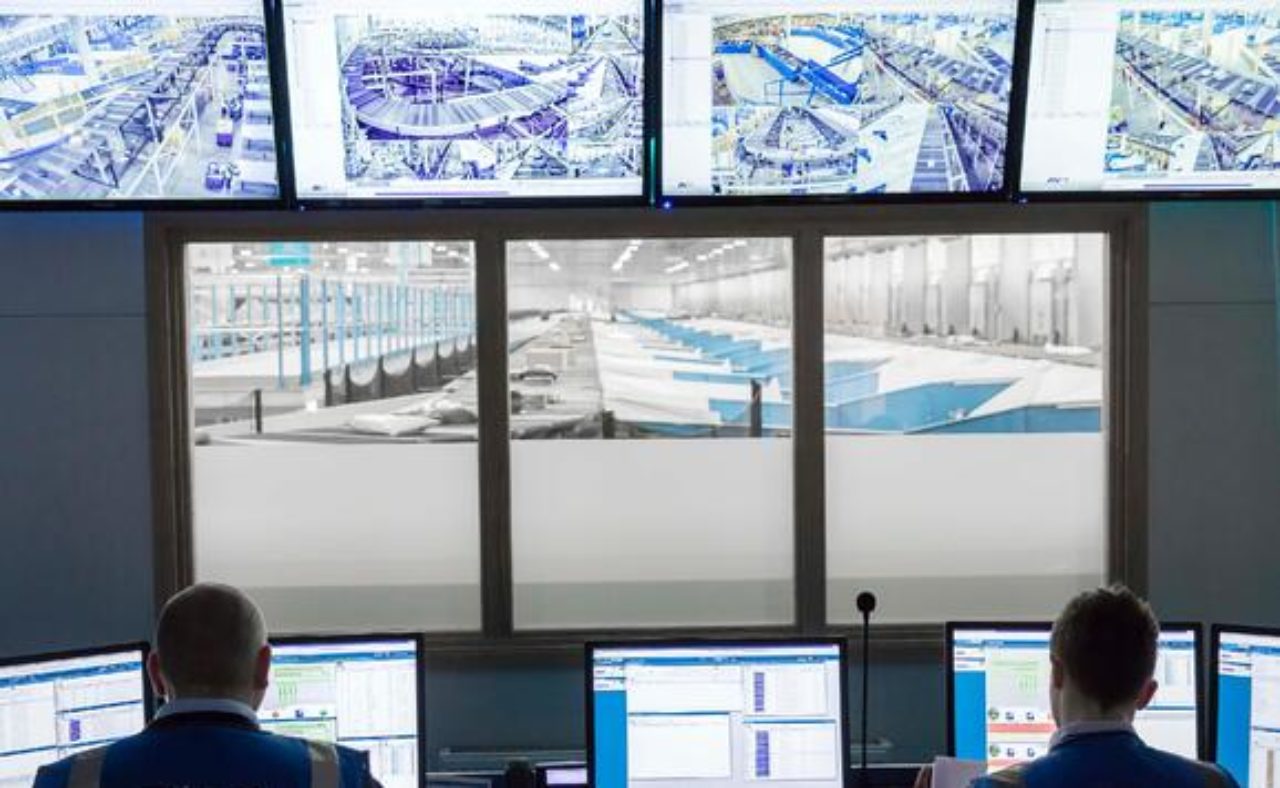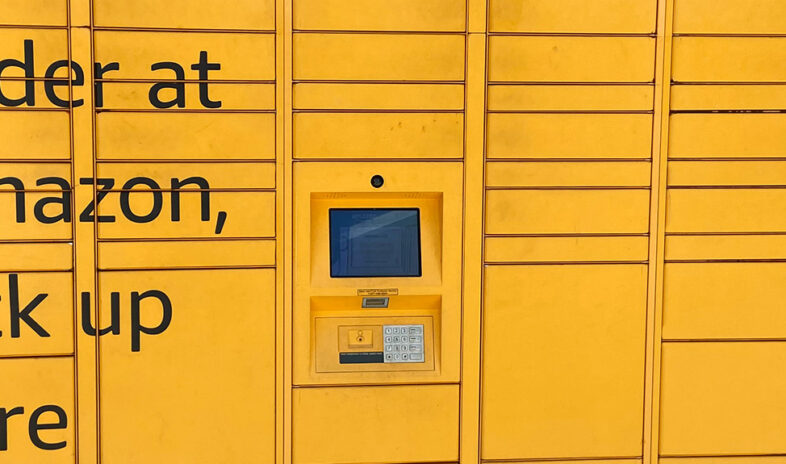-
- Industry Solutions
- Airport
- Building Materials
- Cement / AFR
- Chemical Industry
- Courier, Express & Parcel (CEP)
- E-Commerce
- Minerals & Mining
- Ports & Terminals
- Power Plants
- Fashion
- Consumer Goods
- Fertilizer Industry
- Retail
- Metallurgy
Sustainability made different Our Commitment to Sustainable DevelopmentAs an independent and family-owned company, BEUMER Group is deeply committed to the principles of sustainable development. Through strong partnerships we have developed a deep understanding of the sustainability issues of our key industries and enable our partners to achieve their sustainability goals and targets.Learn more
Our Commitment to Sustainable DevelopmentAs an independent and family-owned company, BEUMER Group is deeply committed to the principles of sustainable development. Through strong partnerships we have developed a deep understanding of the sustainability issues of our key industries and enable our partners to achieve their sustainability goals and targets.Learn more -
- Products & Systems
-
Baggage Handling System
- Baggage Handling System
-
Airport Software Suite
- Airport Software Suite
- Airport – Business Intelligence – Learning and planning
- Airport – Flight Allocation – Being well prepared
- Airport – Handler Tools – Providing the right options
- Airport – Maintenance Tools – Providing the right means
- Airport – Routing & Sorting – Ensuring an efficient execution
- Airport – Supervision – Having the complete overview
- Airport – Software – The right partner
- Automated Container Unloader
- BEUMER autover® Independent Carrier System
- Baggage Loader
- Baggage Manipulator
- Baggage Unloader
- CrisBag® Independent Carrier System
- CrisBag® Self Bag Drop
- CrisBelt® Conveyor System
- CrisCheck® Check-In Conveyor
- CrisClaim® Baggage Carousels
- CrisStore® Dynamic Racking Solution
- Security Screening
- Tilt-Tray Loop Sortation System
-
Logistics Systems Technology
- Logistics Systems Technology
-
CEP Software Suite
- CEP Software Suite
- CEP – Business Intelligence – Learn and Plan Through Insights
- CEP – Item Identification – Ensure Precision and Boost Efficiency
- CEP – Material Flow Control – Enable End-to-End Efficiency
- CEP – Supervision – Have the Complete Overview
- CEP – Training – Create Skilled and Confident Personnel
-
Warehouse Control System
- Warehouse Control System
- W&D – Business Intelligence – Learn and Plan Through Insights
- W&D – Maintenance and Service Tools – Have the Right Means
- W&D – Material Flow Control – Enable End-to-End Efficiency
- W&D – Order Fulfilment – Ensure Precision and Boost Efficiency
- W&D – Supervision – Have the Complete Overview
- W&D – Training – Create Skilled and Confident Personnel
- Automatic Parcel Singulator
- BEUMER Tipping Station
- BG Line Sorter
- BG Parcel Belt Conveyor
- BG Sorter® CB Cross-Belt
- BG Pouch System
- BG Sorter® ET Tilt-Tray
-
Conveying Technology
- Conveying Technology
- Air-supported belt conveyor
- Apron Conveyors
- Bucket Elevators
- Components
- Conveyor Systems for Alternative Fuels (AFR)
- Drive Stations
- Feeding Hoppers
- Hopper Cars
- Mobile Conveyors
- Overland Belt Conveyors
- Pipe Conveyors
- Screw conveyor
- Shifting Heads
- Tripper Cars
- Troughed Belt Conveyors
- U-Shape Conveyors
- Opencast Mining Systems
- Stockyard Systems
- Mineral Processing
- Port Technology
- Loading Technology
- Filling Technology
- Palletising Technology
- Packaging Technology
- Customer Support
-

The problem
A logistics company found that one of its sites was not achieving the throughput that the system was supposed to provide. However, no one was sure why. A rate of 25,000 items per hour had been expected, but in operation the actual figure was only 18,000 per hour.
Data analysis revealed that the sortation system itself was fine, but that some surrounding manual processes were not optimised to support the automated parts of the system.
The main problem revealed by the data analysis was that there was a high level of recirculation and system overload, caused by too many attempts to distribute parcels via the bypass lane between two sorting systems. A further problem was manual handling in the hospital area, where items are handled that for some reason can’t be handled in the automated system. This was creating bottlenecks and putting unnecessary pressure on the system.

The Solution
Inbound area operators were trained in prioritizing induction for the bypass line to optimise routing. Staffing levels in the hospital area were increased during peaks to speed up the manual processing and eliminate bottlenecks. In addition, installing a dedicated recirculation chute for the sorter, without a hospital area, avoided sending items through the bypass line.
The Result
Optimised processes in the hospital area did away with blocked chutes, and parcels could be discharged at the first attempt. This meant there was no recirculation that would take up capacity.


